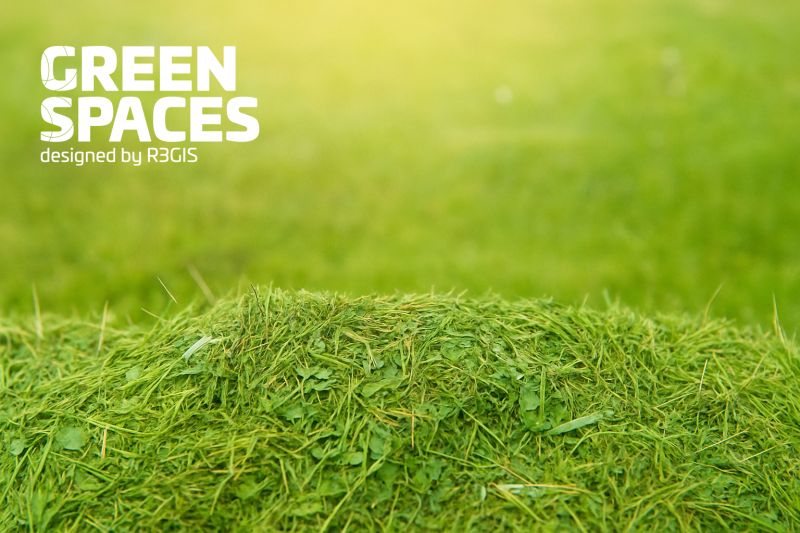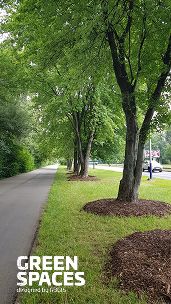Managing grass in urban lawns and around trees may seem like a minor detail, but it can strongly affect soil health and plant resilience. In the LIFE URBANGREEN project, we compared two approaches: traditional grass bagging in control areas and grass mulching in pilot plots.
Grass bagging, i.e. the collection and removal of clippings, ensures a neat appearance, reduces thatch, and can help limit weed spread. However, it also removes valuable nutrients from the soil and involves additional costs for transport and disposal.
By contrast, grass mulching leaves finely shredded clippings on the lawn. This returns organic matter to the soil, enhances nutrient cycling, reduces fertilization needs, and lowers management costs. It also helps retain soil moisture and supports microbial biodiversity. On the other hand, if done improperly (for example, when grass is too tall or wet), it can lead to thatch buildup and affect turf quality.
With the GreenSpaces platform, these management choices can be assessed and planned.
And you: what would you choose? Grass bagging or grass mulching?
Stay tuned: in the next post we’ll uncover other management practices tested in the LIFE URBANGREEN project and reveal what results they brought.


